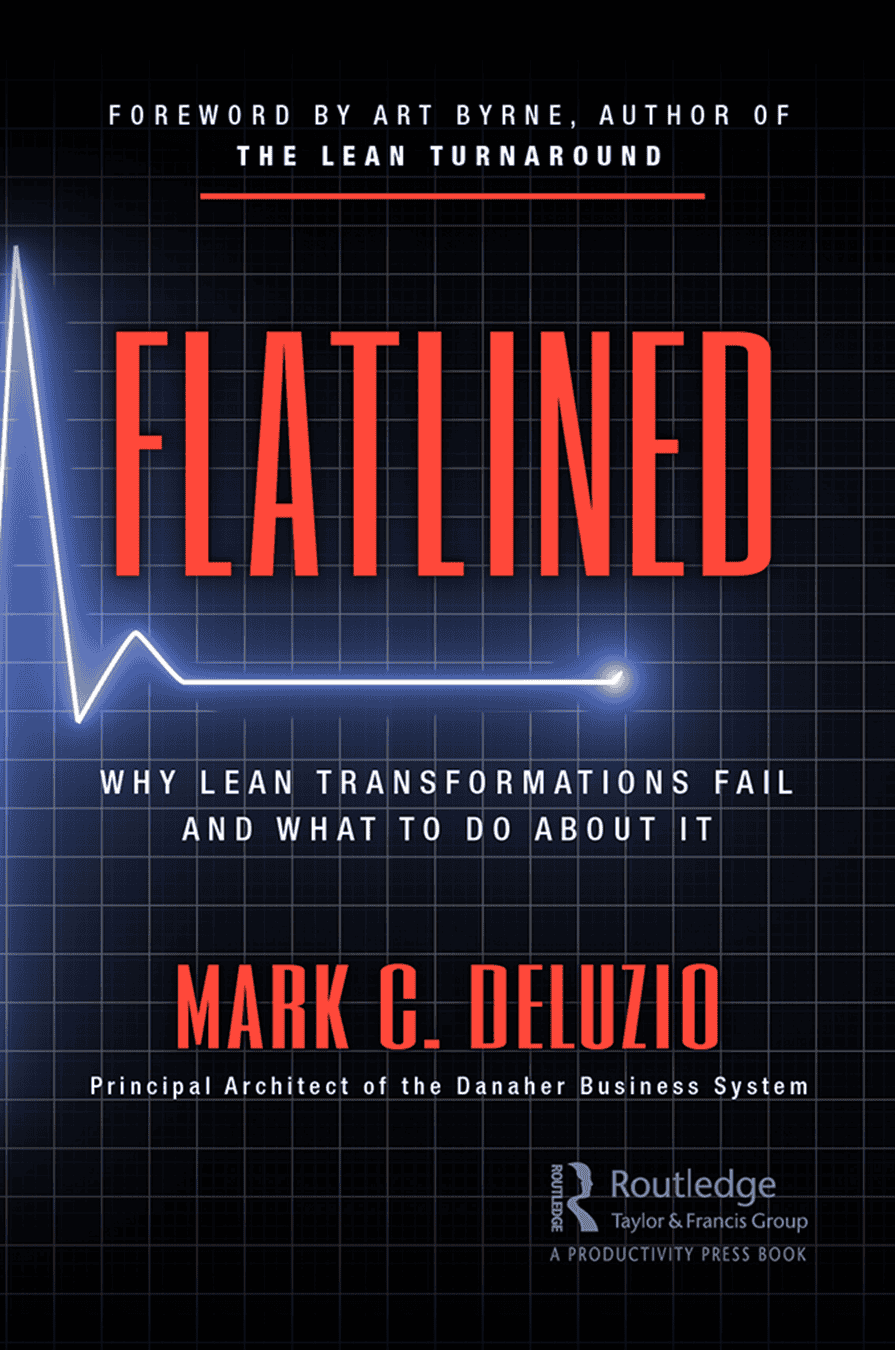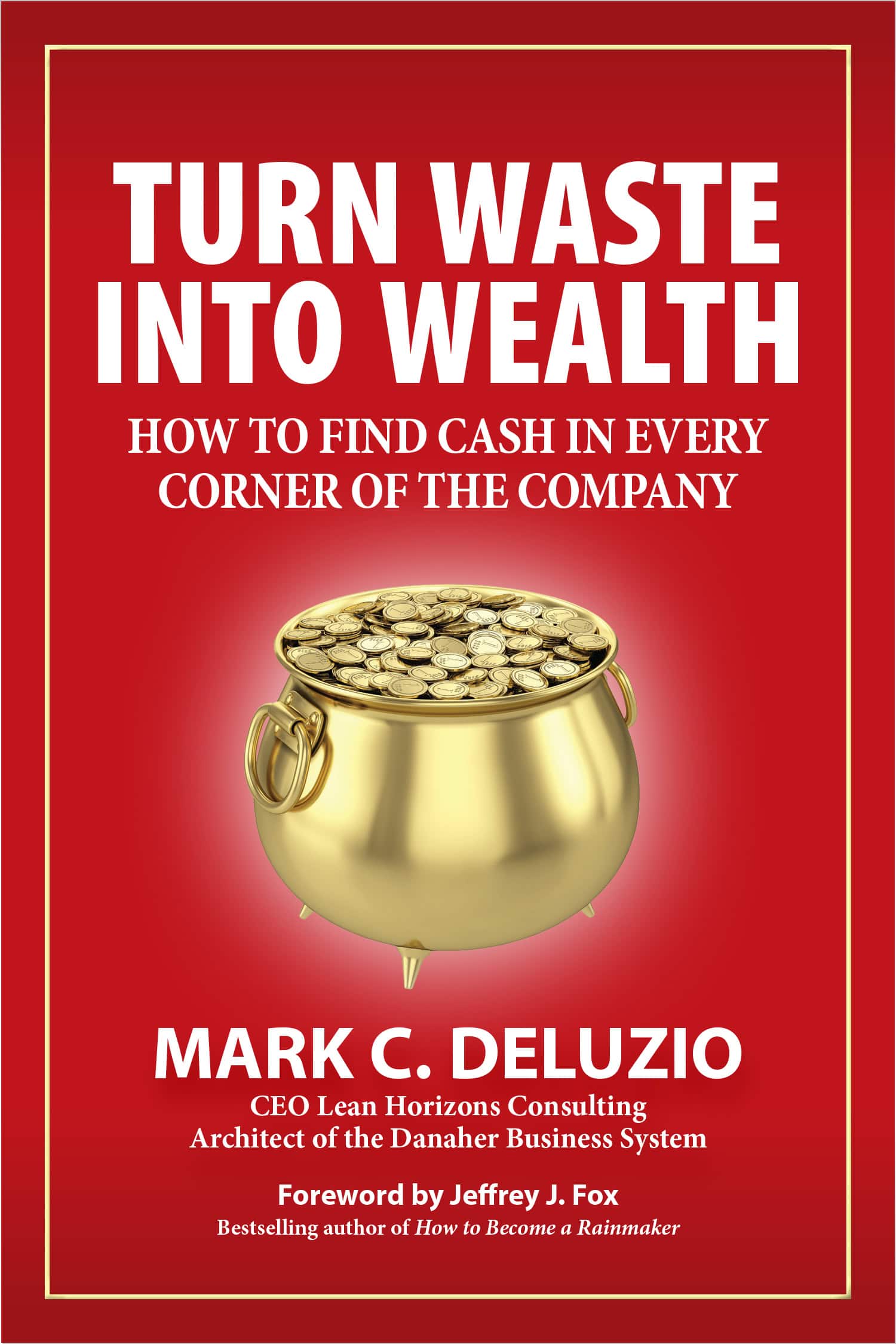In today’s highly competitive manufacturing landscape, companies aim to find methods to streamline their operations, reduce waste, and deliver superior products to their customers. How can companies accomplish such things? No surprise here, our answer is Lean.
Among many thought leaders who have made significant contributions to Lean is Jon Boucher, a retired General Electric vet and current Managing Director at Lean Horizons Consulting. Jon’s specialty within the Lean manufacturing industry lies within the concepts of 3P (Production Preparation Process) and Moonshine. Keep reading to learn more about these concepts and how your company can benefit from implementing these principles.
3P: Better Understand Design Intent and Encourage Experimentation
3P is a structured approach to new product introductions that emphasizes the importance of understanding the design intent before delving into manufacturing processes and machinery decisions. This important concept for Lean manufacturing processes was first introduced by Chihiro Nakao, and it merges the worlds of design engineering and practical, shop floor experimentation.
This approach supports a streamlined transition from concept to production by encouraging cross-functional collaboration and experimentation to determine the most efficient and effective processes for manufacturing a new product. Instead of relying on preconceived notions or industry standards, the 3P methodology encourages teams to question assumptions and explore innovative solutions through rigorous experimentation.
“Nakao taught us the value of having the design engineers with us to make sure we understand design intent before we start talking about process, which comes before you start talking about machines.” – Jon Boucher
In essence, by utilizing 3P, you’ll set your team up for success at the start and avoid the all-too-common problem of aiming to fit a square peg in a round hole.
Moonshine: Embrace Creativity and Scientific Experimentation
Complementing 3P is “Moonshine,” which requires companies to provide a dedicated space where teams can explore unconventional ideas and push the boundaries of innovation. Importantly, this space must be completely separate from the constraints, requirements, and pressures of existing manufacturing processes.
Named after the moonshine process of the Prohibition era, the Moonshine approach calls for a diverse team of individuals with complementary skill sets, including engineers, machinists, and maintenance professionals, to provide comprehensive perspectives to consider. The term moonshine is used because the work needs to be done “under the cover of darkness” as was the manner in which the Moonshiners worked during the prohibition era.
Like 3P, Moonshining recognizes that true innovation often requires stepping outside of established norms and challenging long-held assumptions. By creating a dedicated space (under the cover of darkness) for experimentation, teams are empowered to explore unconventional ideas without the pressure of immediate implementation or the risk of disrupting existing manufacturing processes.
In combination, 3P and Moonshine can be the most powerful concepts for your organization to leverage. The reason? Every company has access to the same raw materials, labor, machines, etc. leaving companies to make products at the same level across the market. There’s no “better” – whether that be faster processes or improved quality – in this scenario unless a firm implements 3P and Moonshine to build machines in-house or to modify existing machinery. These concepts also help to use labor in more efficient ways and, most importantly, create products in a way so that quality is “built-in” and eliminates the need for wasteful quality control checks. In short, 3P and Moonshine is the answer to becoming a world-class company that will soar beyond the competition.
The Power of Challenging Assumptions
At the heart of both 3P and Moonshine methodologies is a willingness of a few dedicated, hand-selected individuals, to challenge conventional wisdom and push beyond perceived limitations.
Embracing a culture of continuous improvement and questioning assumptions is essential for companies seeking to stay ahead of the competition. In the pursuit of differentiation and seeking an advantage over competitors, leaders must recognize that the only sustainable way to do so is through the creativity and intellectual capital infused into their unique Lean manufacturing processes.
“The real ways that you differentiate yourself as a business and adapt to the environment around you is always through your processes.” – Jon Boucher
Take the Next Step: Revolutionize Your Lean Manufacturing Processes
By embracing 3P and Moonshine, companies can foster a culture of collaboration, experimentation, and continuous improvement that will drive them toward the competitive advantage they desire.
As you take action, it’s critical to remember Lean’s “respect for people principle.” Implementing Lean principles isn’t enough; true Lean transformation requires business leaders to empower employees to challenge assumptions, strive for excellence, and take an active role in shaping the company and its processes.
Aim to build a diverse team – one that combines technical expertise with creativity and problem-solving skills – and look for these important characteristics:
- Open-minded
- Resilient
- Creative
- Team Oriented
By encouraging cross-functional collaboration, rigorous experimentation, and a willingness to explore unconventional ideas, you can empower your team to push beyond perceived limitations and unlock new levels of efficiency, quality, and competitiveness. Learn more about what’s possible by visiting our website and contact us to see how our experienced team can guide you through these important concepts to support your Lean transformation.

